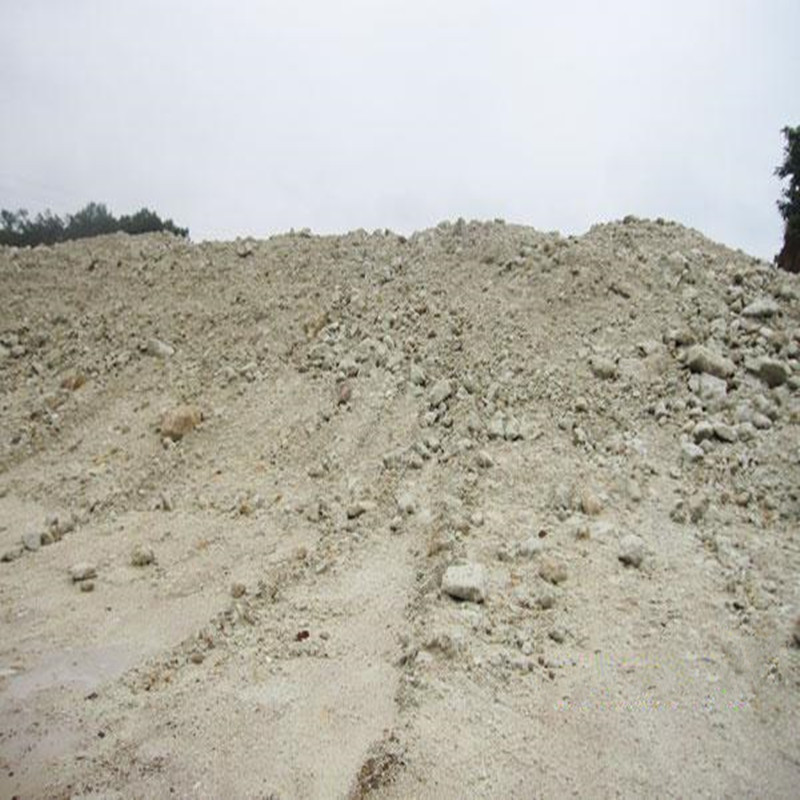Bentonite is a non-metallic mineral with montmorillonite as the main mineral component. The structure of montmorillonite is a 2:1 crystal structure composed of two silicon oxygen tetrahedrons and a layer of aluminum oxide octahedron. Due to the layered structure formed by montmorillonite cell, there are some cations, such as Cu, Mg, Na, K, etc., and the interaction between these cations and montmorillonite cell is very unstable, which is easy to be exchanged by other cations, So it has good ion exchange property. It has been applied in more than 100 departments in 24 fields of industrial and agricultural production abroad, with more than 300 products, so it is called "universal soil".
Bentonite is also called porphyry, bentonite or bentonite. Bentonite has a long history of development and application in China. It used to be only used as a detergent( Renshou area of Sichuan Province had open pit mines hundreds of years ago, and the local people called bentonite (clay powder). It has been widely used for only a hundred years. The first discovery in the United States is that in the ancient strata of Wyoming, the yellow green clay can expand into paste after adding water. Later, all the clays with this property are collectively referred to as bentonite. In fact, the main mineral composition of bentonite is montmorillonite, with a content of 85-90%. Some properties of bentonite are also determined by montmorillonite. Montmorillonite can be in various colors, such as yellow green, yellow white, gray, white and so on. It can be made into compact block or loose soil. When rubbing with fingers, it has a slippery feeling. After adding water, the volume of the small block expands several times to 20-30 times, and it is suspended in water, and it is mushy when there is little water. The properties of montmorillonite are related to its chemical composition and internal structure.

The other day, we received an inquiry about the treatment of bentonite ore.
The situation is as follows: (contains 50% to 60% bentonite + 20% to 30% silica + 8% to 20% carbonate)
Bentonite will become dispersive and muddy when it meets with water. It only needs to separate the impurity sand that does not separate when it meets with water. Therefore, it only needs to stir with water, and then use hydrocyclone to separate. It is uaually treated by wet sieving is followed by hydrocyclone classification. There may be two or three stages of classification. The final classification overflow is relatively pure bentonite, and the filter press is the finished product.





